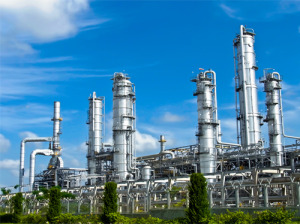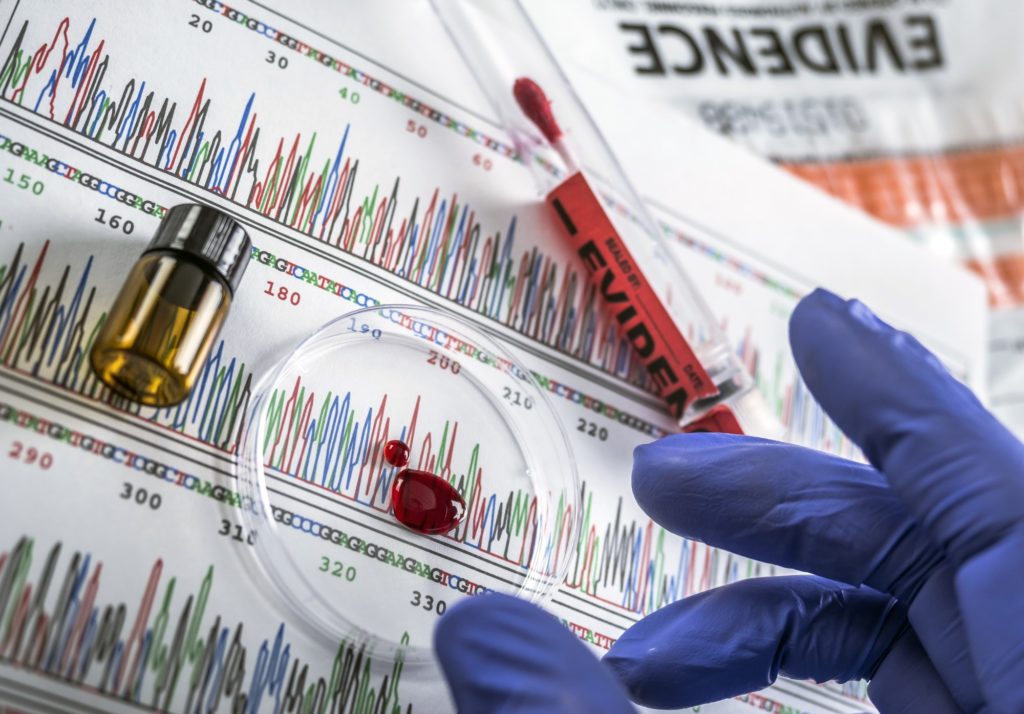Gas Chromatography in Petroleum Refining Industry


Gas chromatography has found large-scale applications in monitoring of petroleum refining and finished product testing. This is evidenced by evolution of several dedicated versions of techniques based on Gas Chromatography.
Large-scale refining operations require fast decisions on process parameter changes as delays of even a minute can result in colossal losses so these are overcome easily using online analysis. This has led to development of on-line analysers such as NGA, RGA, PIONA, Direct Hydrocarbon Analysers,etc.In this article a brief introduction is offered on the available options based on gas chromatography techniques which are prevalent analysis tools in refineries across the world.
Common parameters monitored in petroleum industry
- Ambient air as well as workspace monitoring for common gases such as \(CO_2, NOx,H_2S, CS_2\), benzene, toluene, xylene( BTX),etc
- Analysis of underground and undersea hydrocarbon reservoirs for commercial viability of exploration of such resources
- Refinery gases for optimisation of refining process
- Analysis of finished products such as liquefied natural gas, naphtha, gasoline, aviation fuel, gas oil, lubricants, grease, wax, asphalt, etc
Petrochemical analysis often requires highly complex mixtures resulting in hundreds of closely spaced peaks which necessitate efficient resolution capabilities.
The range of detectors which can be used are:
FID- light hydrocarbons in refinery streams
TCD –inorganic gases in ambient and work space environments
PID –analysis of BTX, unsaturated and aromatic compounds
FPD- organosulphur compounds in streams and oil residues
Dedicated GC analysers in Petroleum analysis
A number of dedicated analysers have been developed whose function shall be briefly highlighted in the article.
- SIMDIS
- Natural gas analysers
- Refinery gas analysers
- PIONA/PONA analysers
Simulated Distillation Analysers
Simulated distillation is a technique based on gas chromatography used to simulate separation of petroleum fractions in the distillation column based on their boiling points referred to as true boiling points (TBP’s). SIMDIS is routinely used for determining the boiling ranges of petroleum crude oils and refined products. Boiling point and yield profiles are used in operational decisions to improve product yields and quality
Applications of SIMDIS Analysis
- Monitoring crude oil contamination – natural as well as intentional
- Environmental sample analysis – Hydrocarbons in soil and water after extraction with solvents such as carbon disulphide
- Characterisation of petroleum hydrocarbons in boiling range of naphtha, diesel , gasoline, etc
Natural gas analysis
Analysis of natural gas is primarily carried out for
- Physical parameters
- BTU content
- Hydrocarbon compositional analysis
GC Analysis of Natural Gas
Both BTU and chemical composition analysis can be performed on modified GC configuration commercially available from a number of suppliers fitted with capillary columns, valving and FID detector.
BTU analysis is performed under isothermal conditions and composition analysis is performed under a temperature program
Columns are heated separately in separate ovens.
Hexane and heavier components such as heptane, octane, nonane are combined together to form a single peak C 6+
Sample is easily introduced using gas cylinders, Tedlar bags or by direct plumbing to the pipeline or wellhead sampling points.
Oven consists of several valves and column combinations which are controlled by the software program
Refinery Gas Analysis
What is refinery gas?
Refinery gas is a mixture of gases released during the fractional distillation of crude oil into various products of commercial use such as diesel, gasoline, fuel oil, kerosene, liquefied petroleum gas (LPG), lubricating oil, paraffin wax, bitumen and several petrochemicals
Gas chromatography analysis of refinery gases
Composition of refinery gas varies depending on the origin of crude oil.The usual components are methane, ethane, butane, butylenes, ethylene, hydrogen and hydrogen sulphide
Conventional systems use multi-column operation via valve switching and dual detectors under isothermal conditions. Hydrogen and helium are detected on a molecular sieve column using nitrogen as carrier gas and TCD detection
Remaining hydrocarbons are determined by using hydrogen carrier gas on second TCD
Third column resolves components of intermediate boiling range, ethylene and ethane
[Latex]O_2,N_2[/latex],methane and CO are resolved in the fourth column
Presently some configurations permit detection of all components using a single TCD using multi-valve multi-column options
PIONA Analysis
PIONA analysis using GC determines hydrocarbon groups in fuels, mainly,Paraffins, Iso- paraffins, Olefins, Naphthenes and Aromatics. The individual hydrocarbons have profound influence on octane rating (anti knock rating) of gasoline range spark ignition fuels depending on the compression ratio of the internal compression engine used. Paraffins reduce the octane rating whereas other components help improve it
GC based on PIONA Analysis
Conventional analysers were based on multi-dimensional GC using molecular sieve traps to selectively trap hydrocarbon groups
Modern GC – MS based systems offer several advantages such as
Shorter analysis time
Single capillary permits easy setup and ease of maintenance
Comparison with mass spectral library of standards





Responses